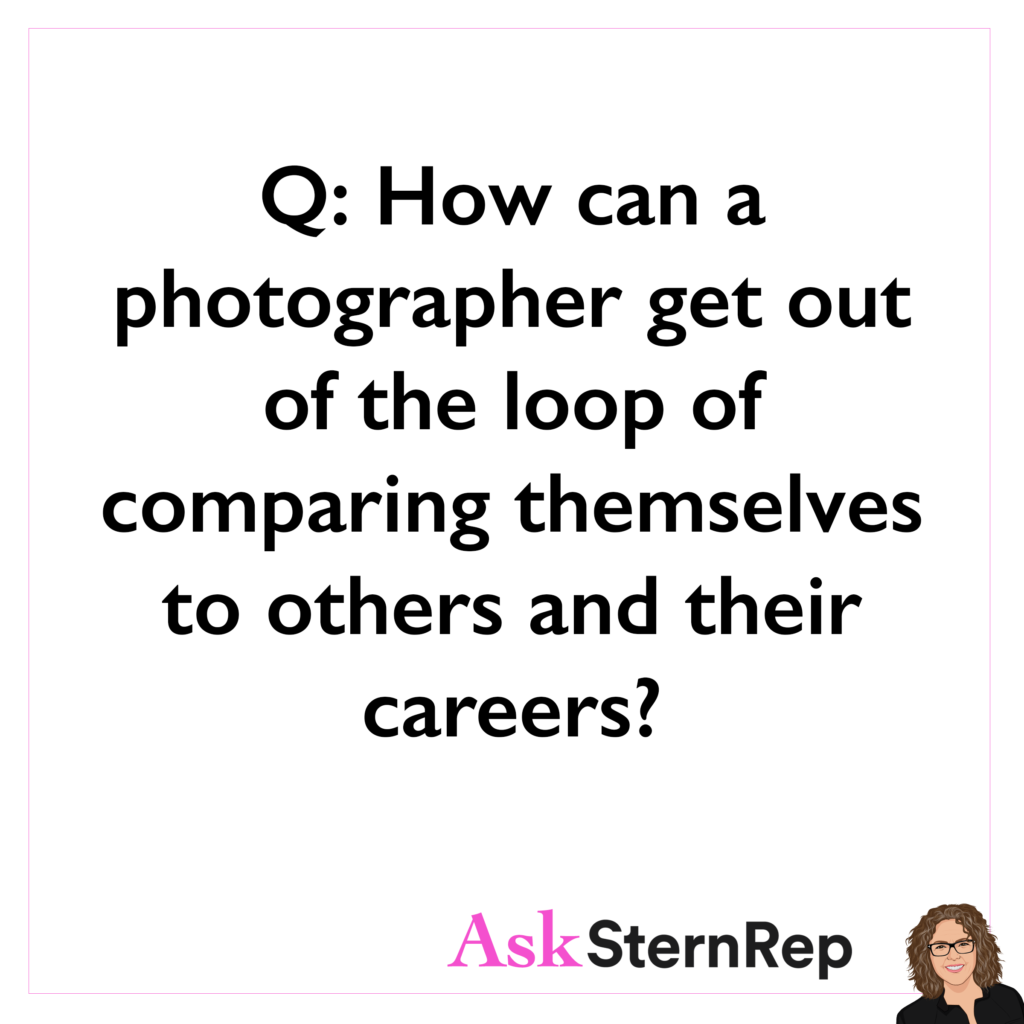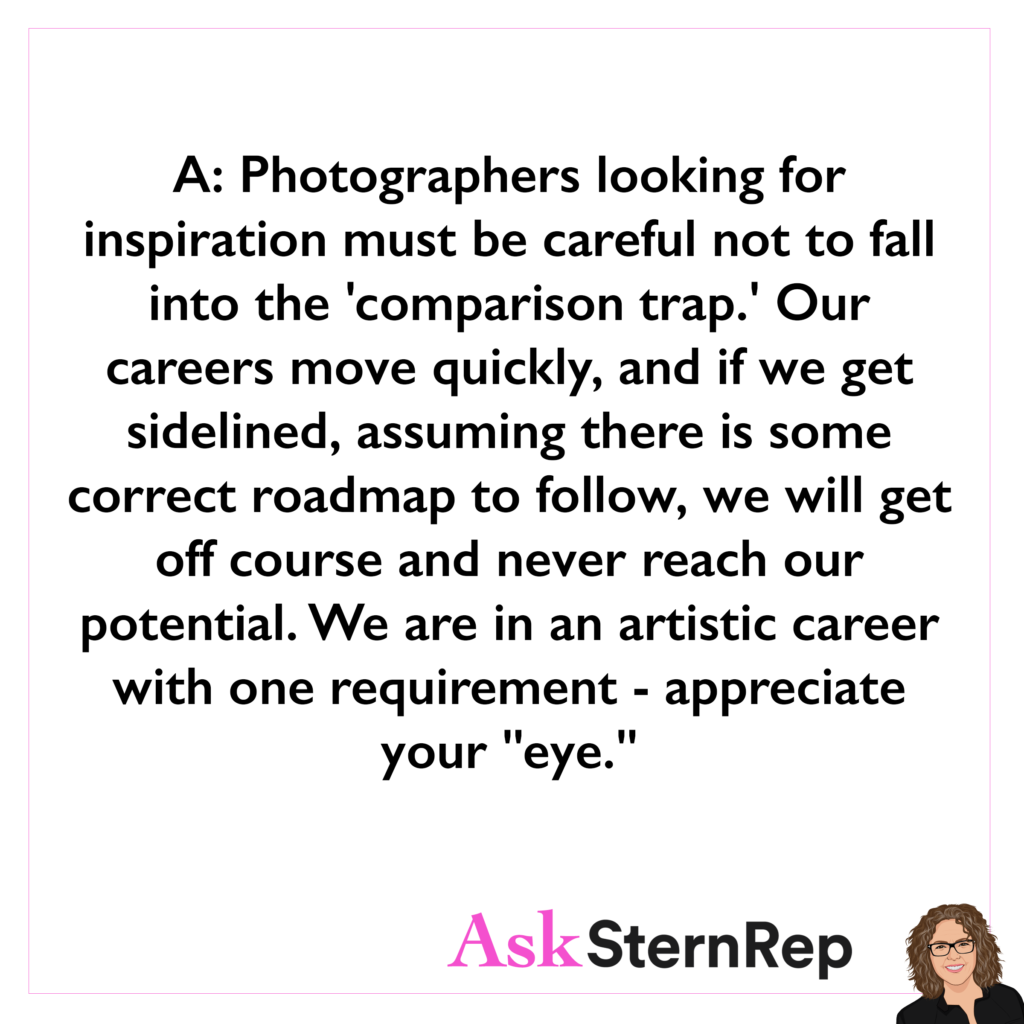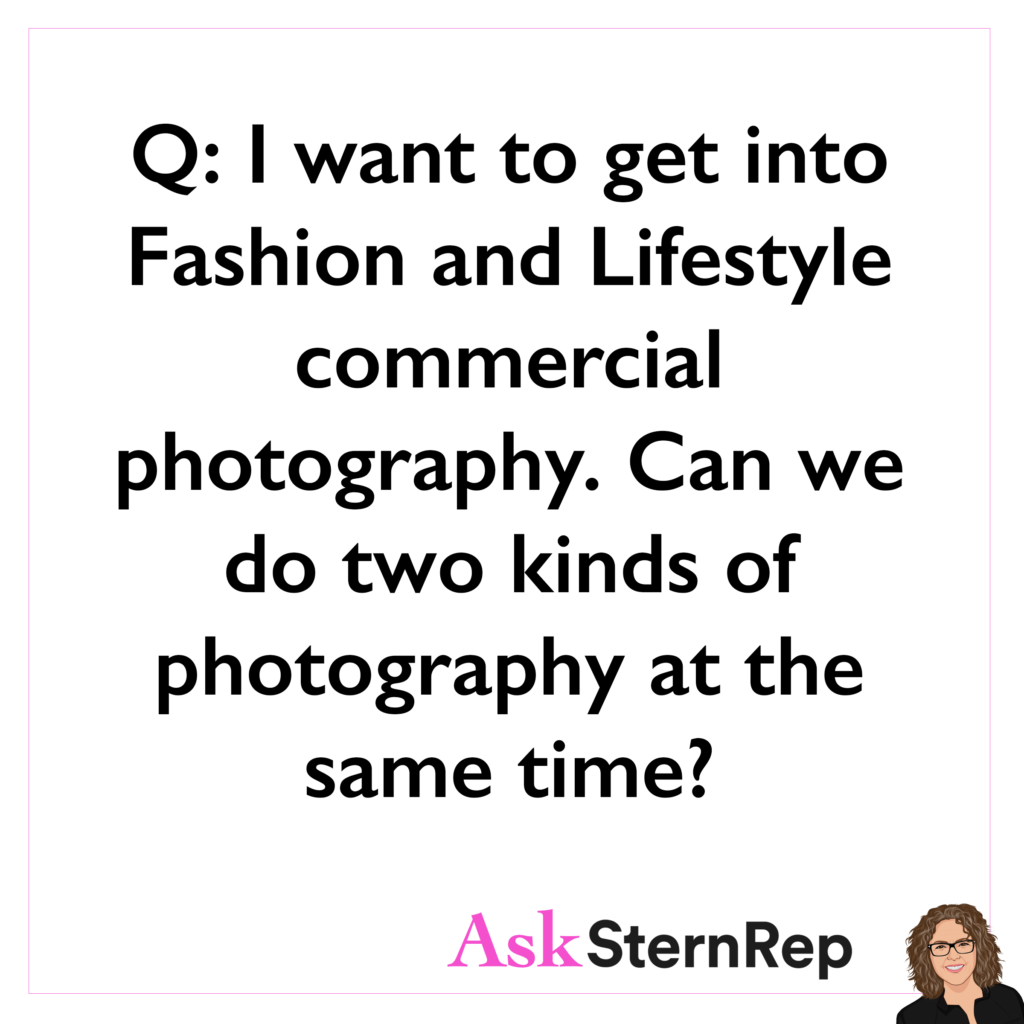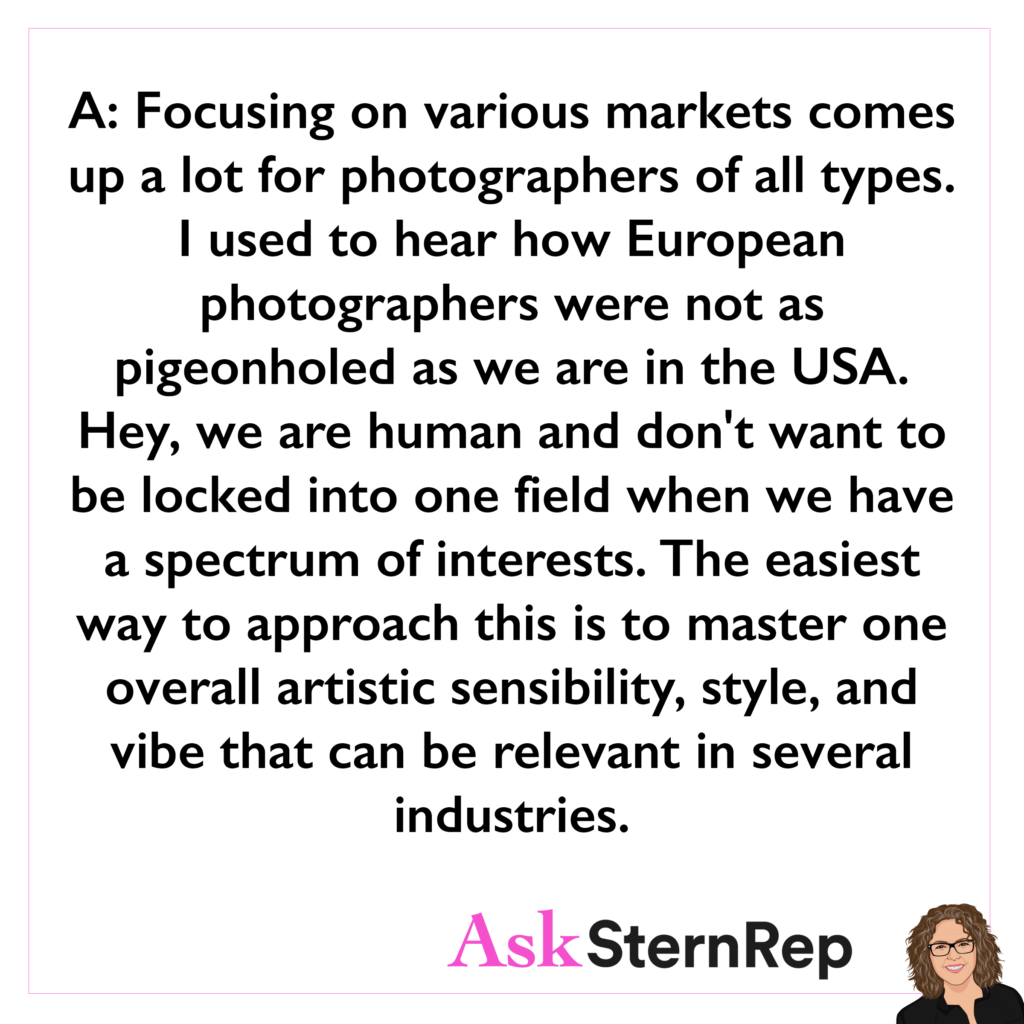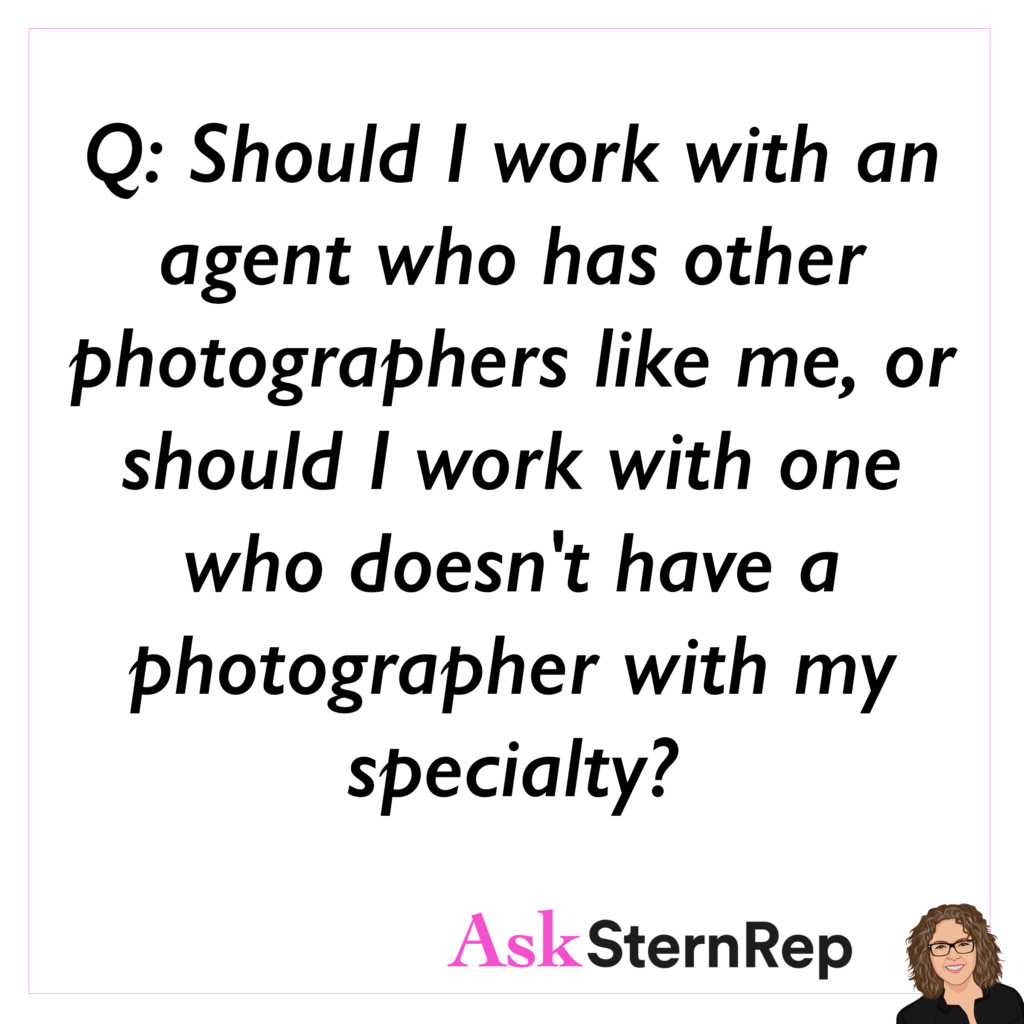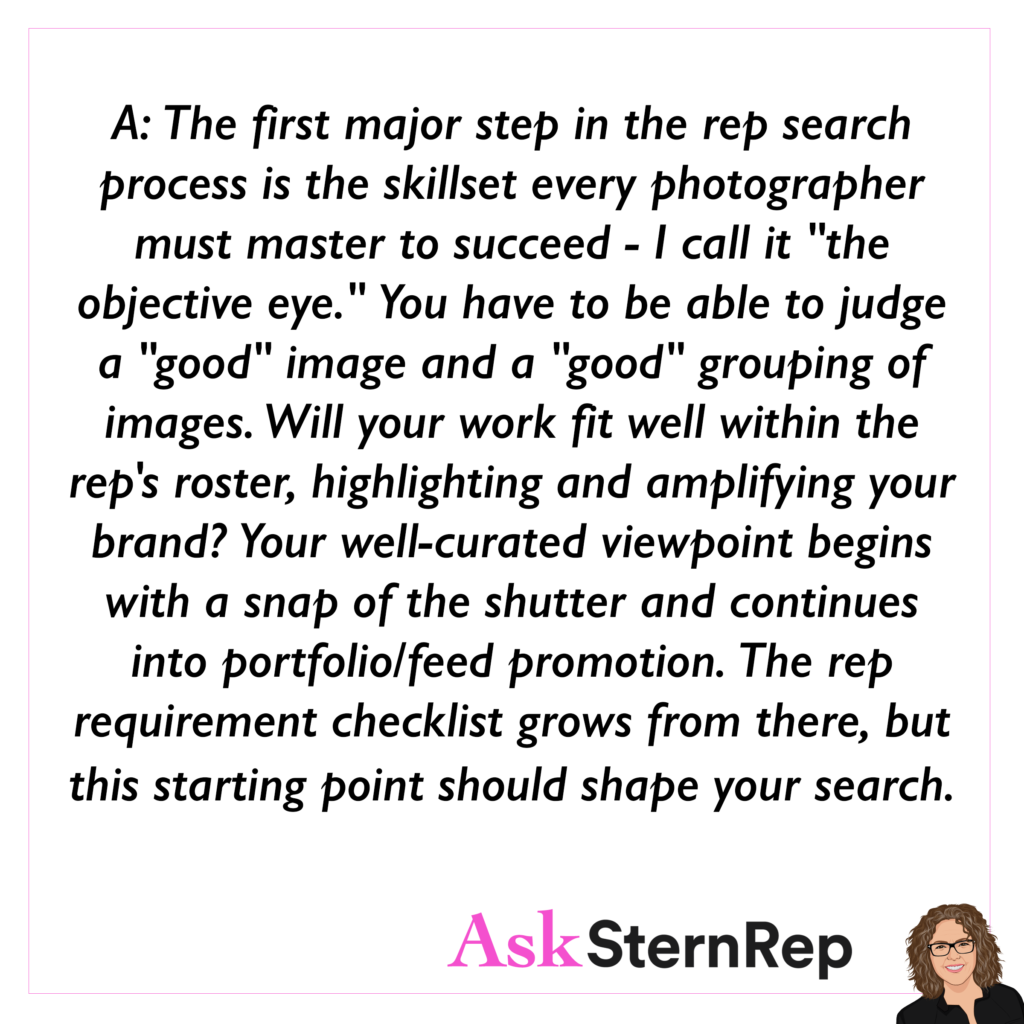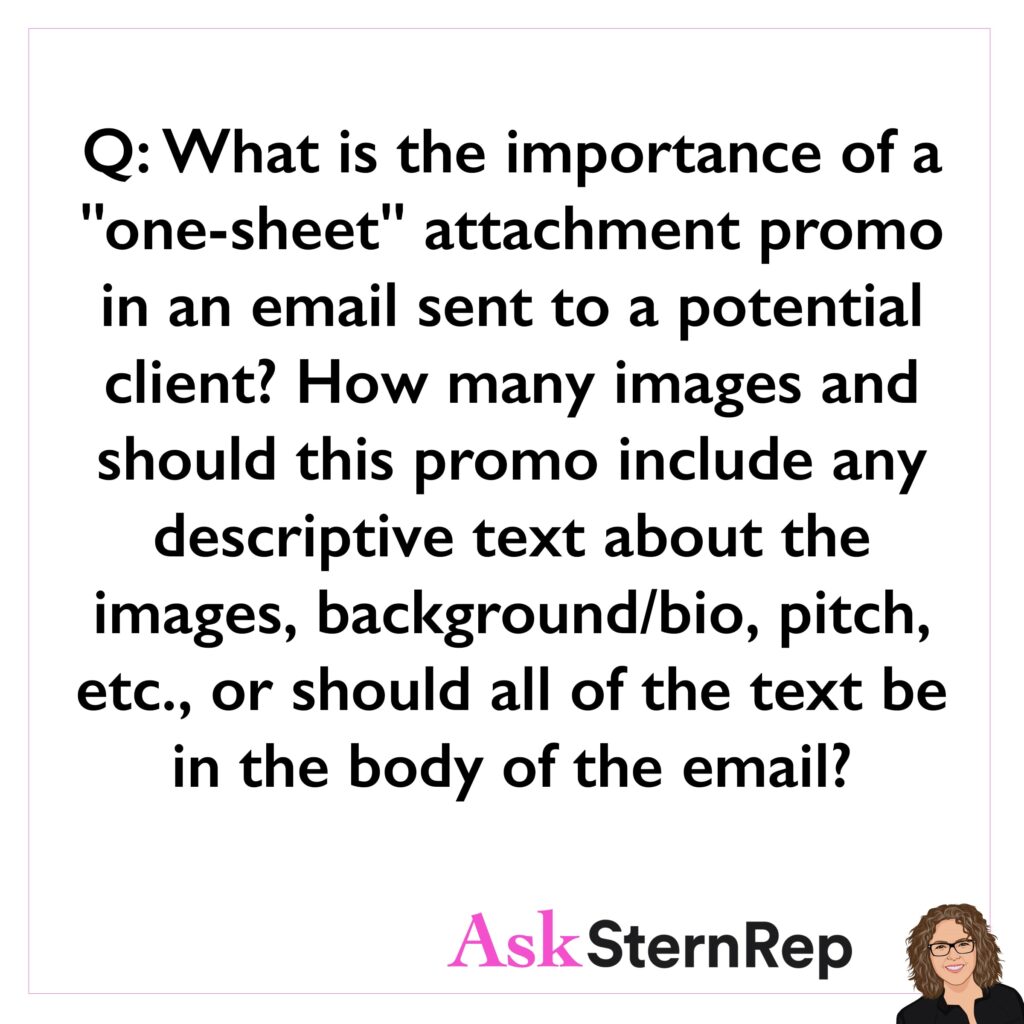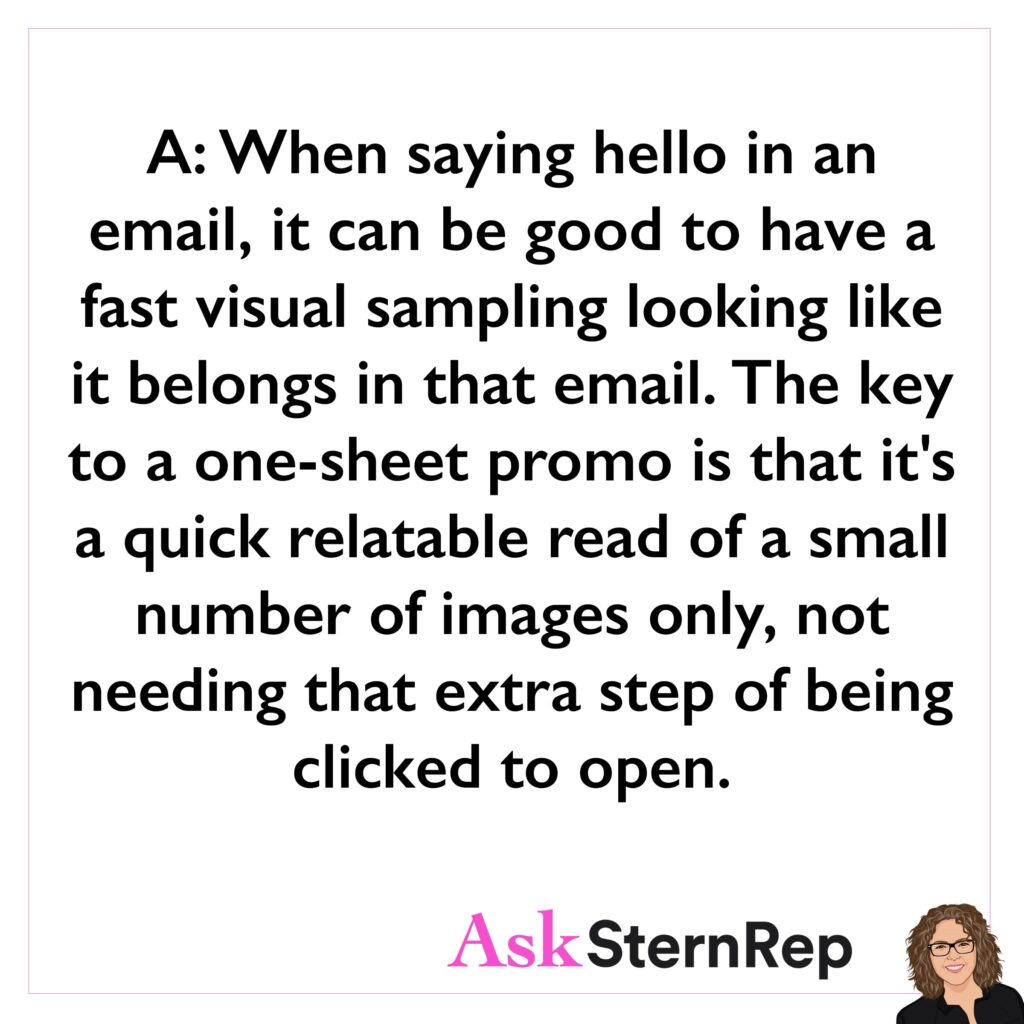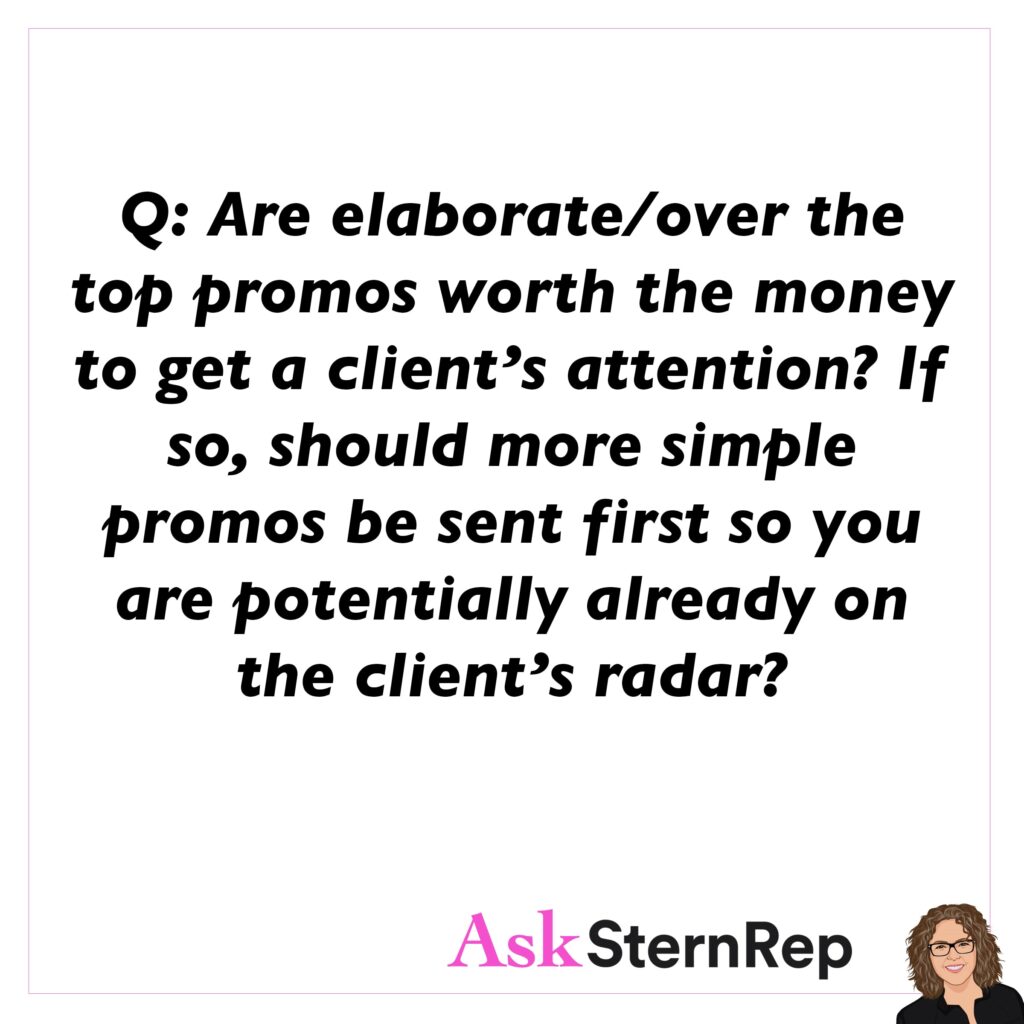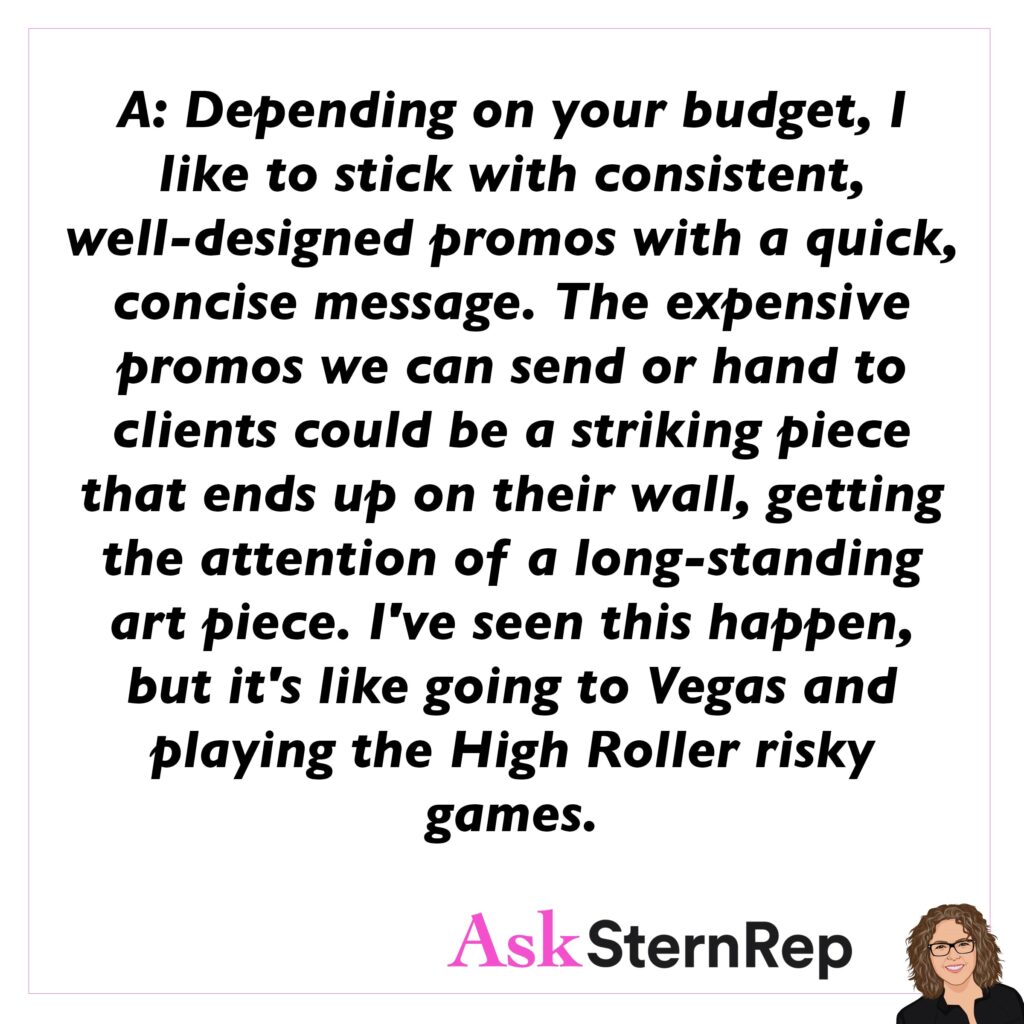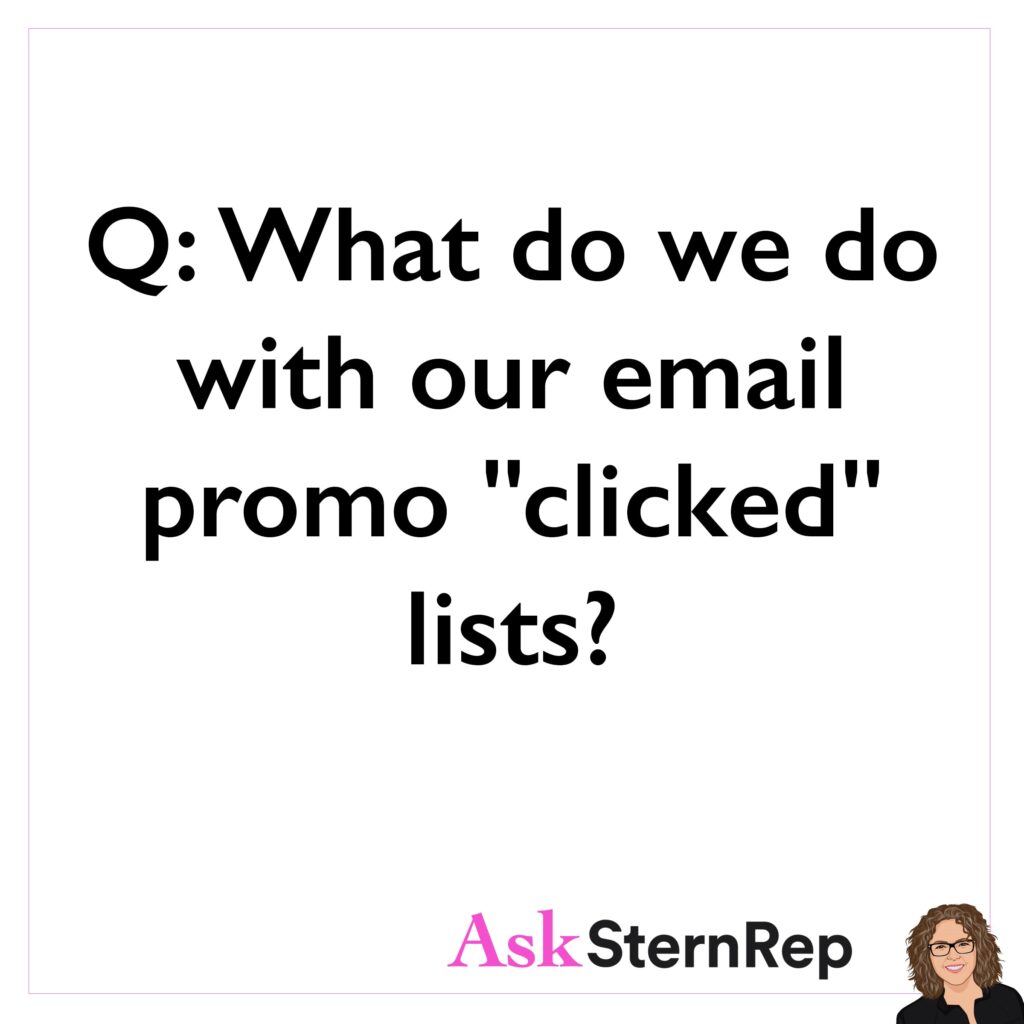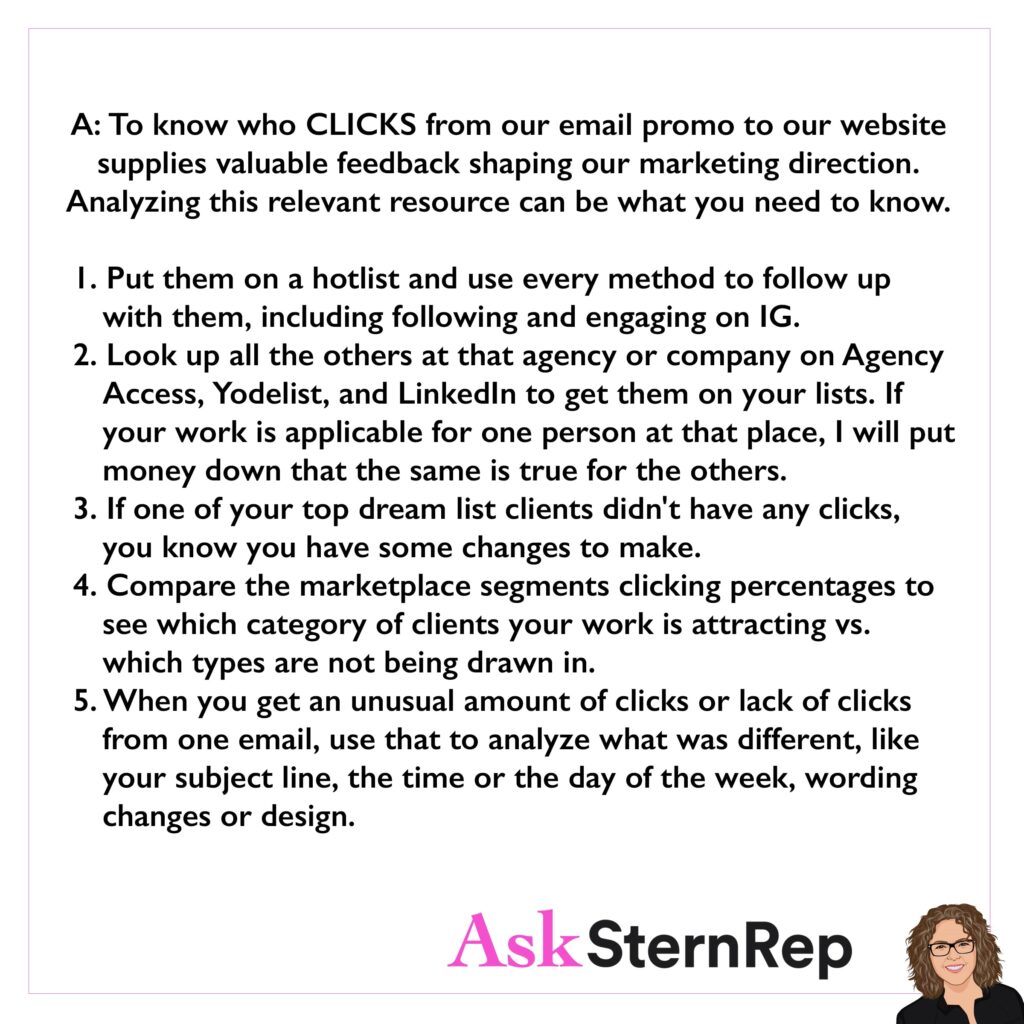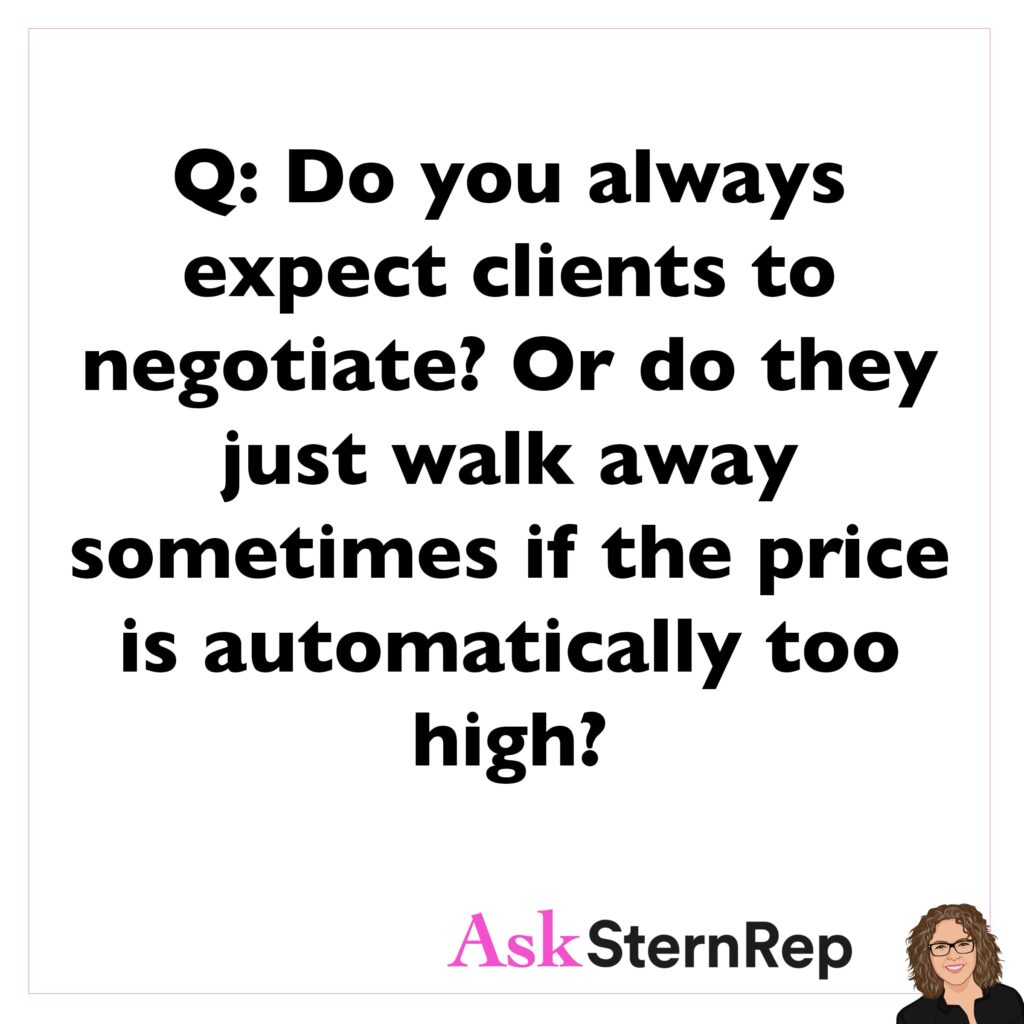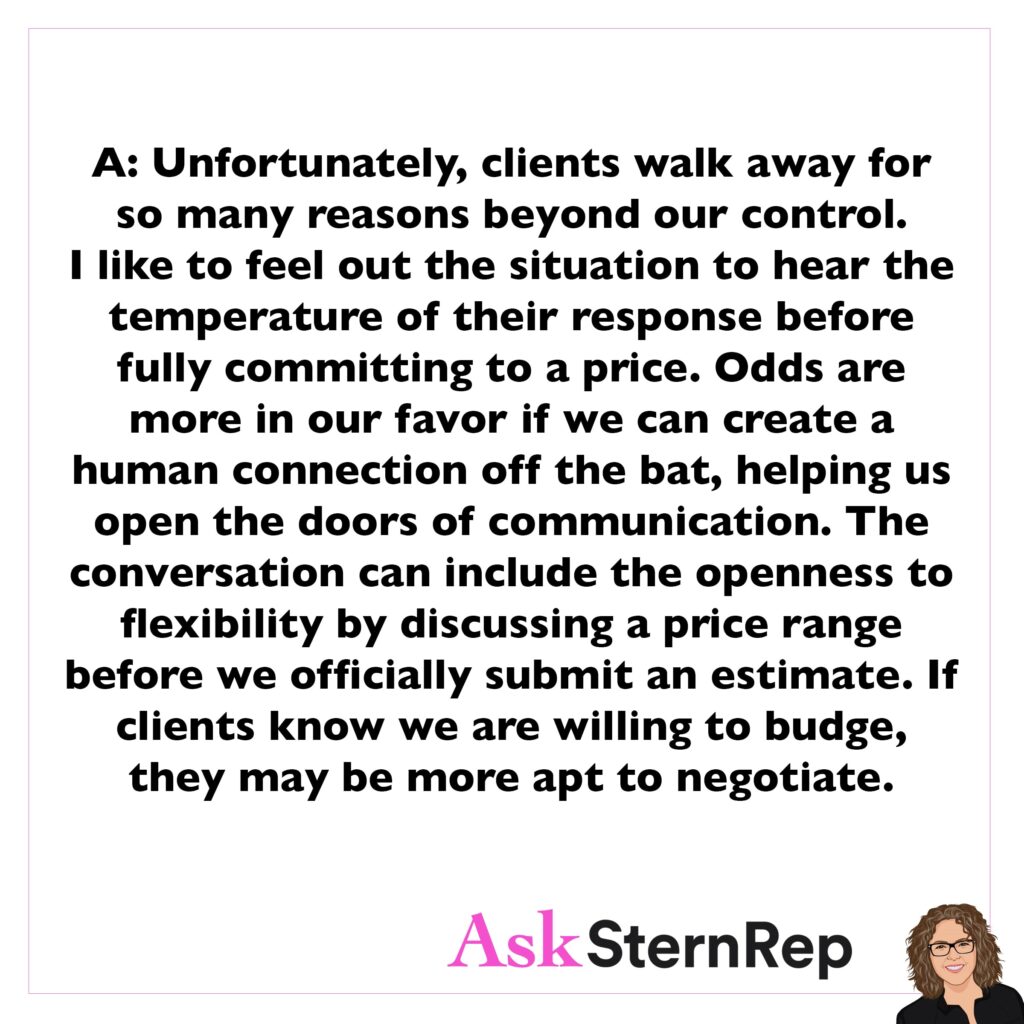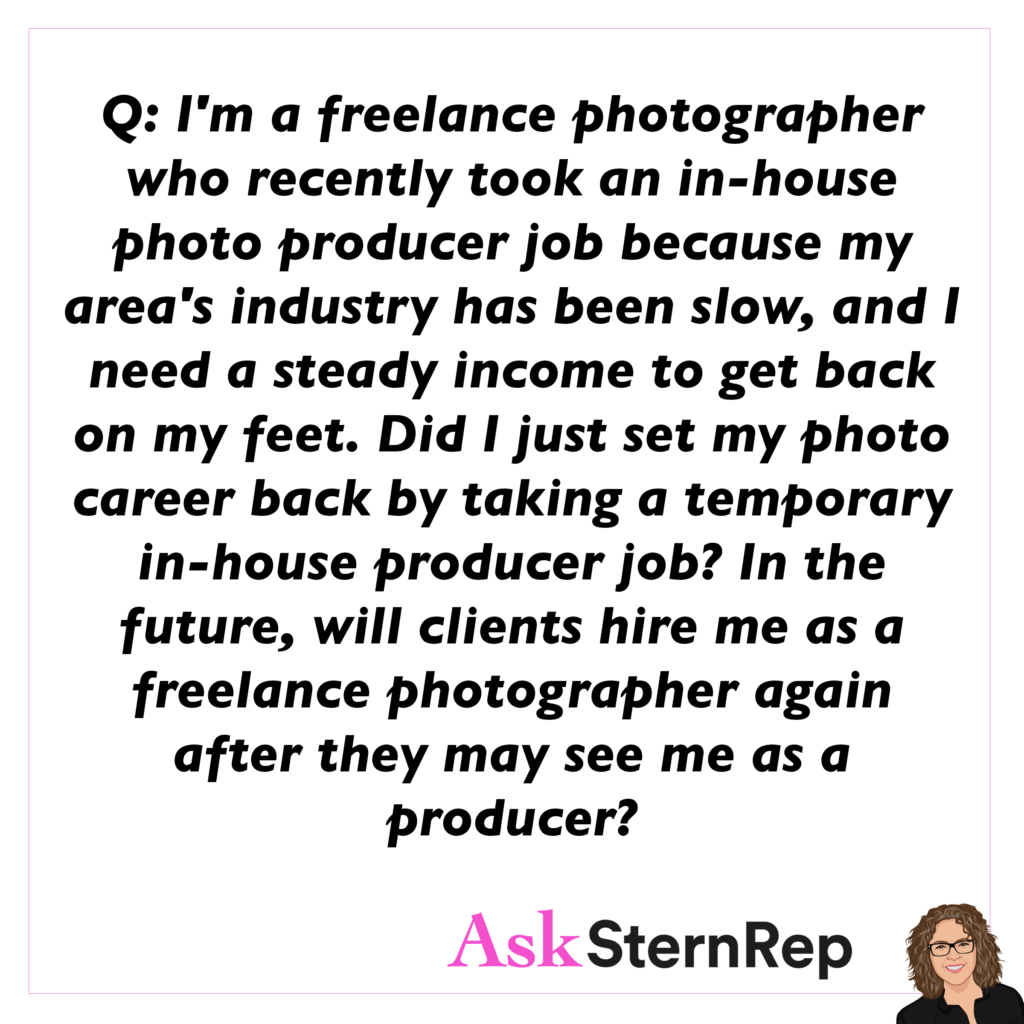
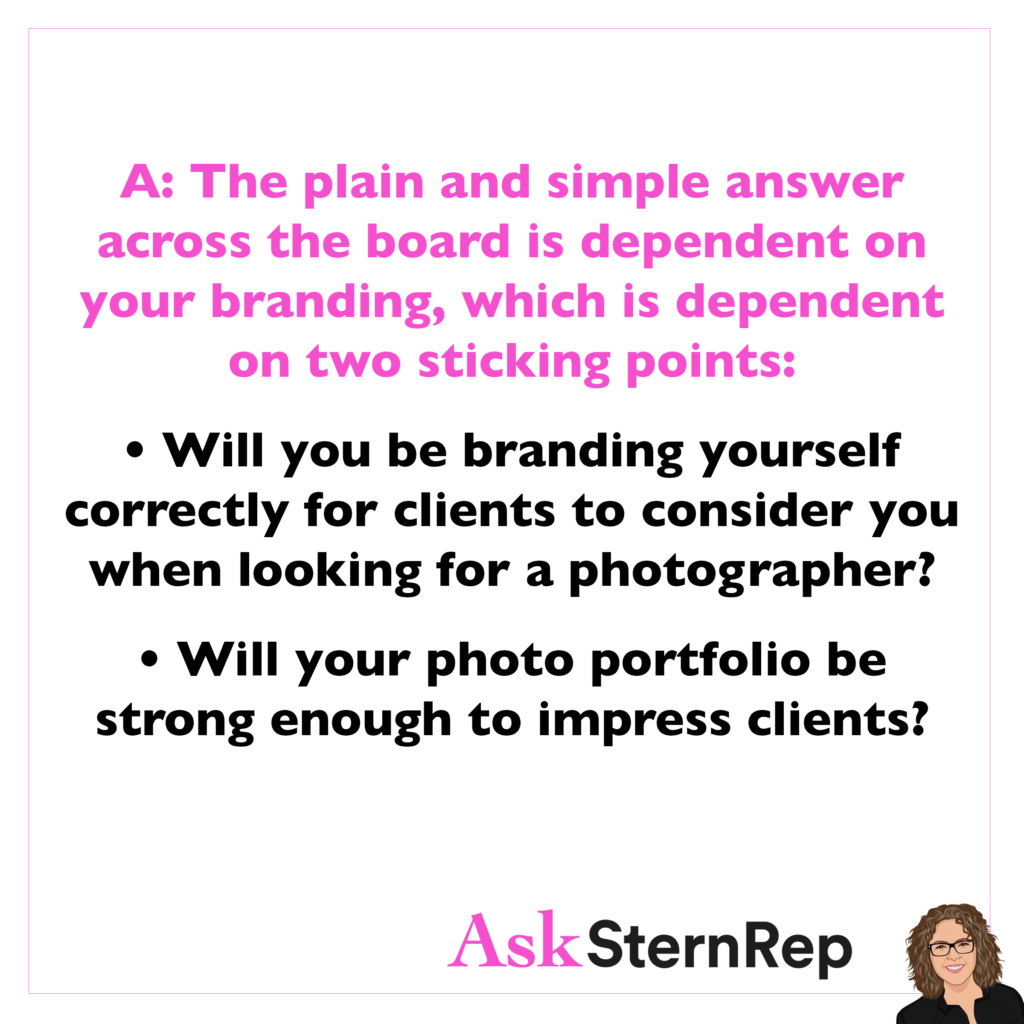
Q:
I’m a freelance photographer who recently took an in-house photo producer job because my area’s industry has been slow, and I need a steady income to get back on my feet. Did I just set my photo career back by taking a temporary in-house producer job? In the future, will clients hire me as a freelance photographer again after they may see me as a producer?
A:
The plain and simple answer across the board is dependent on your branding, which is dependent on two sticking points:
- Will you be branding yourself correctly for clients to consider you when looking for a photographer?
- Will your photo portfolio be strong enough to impress clients?

